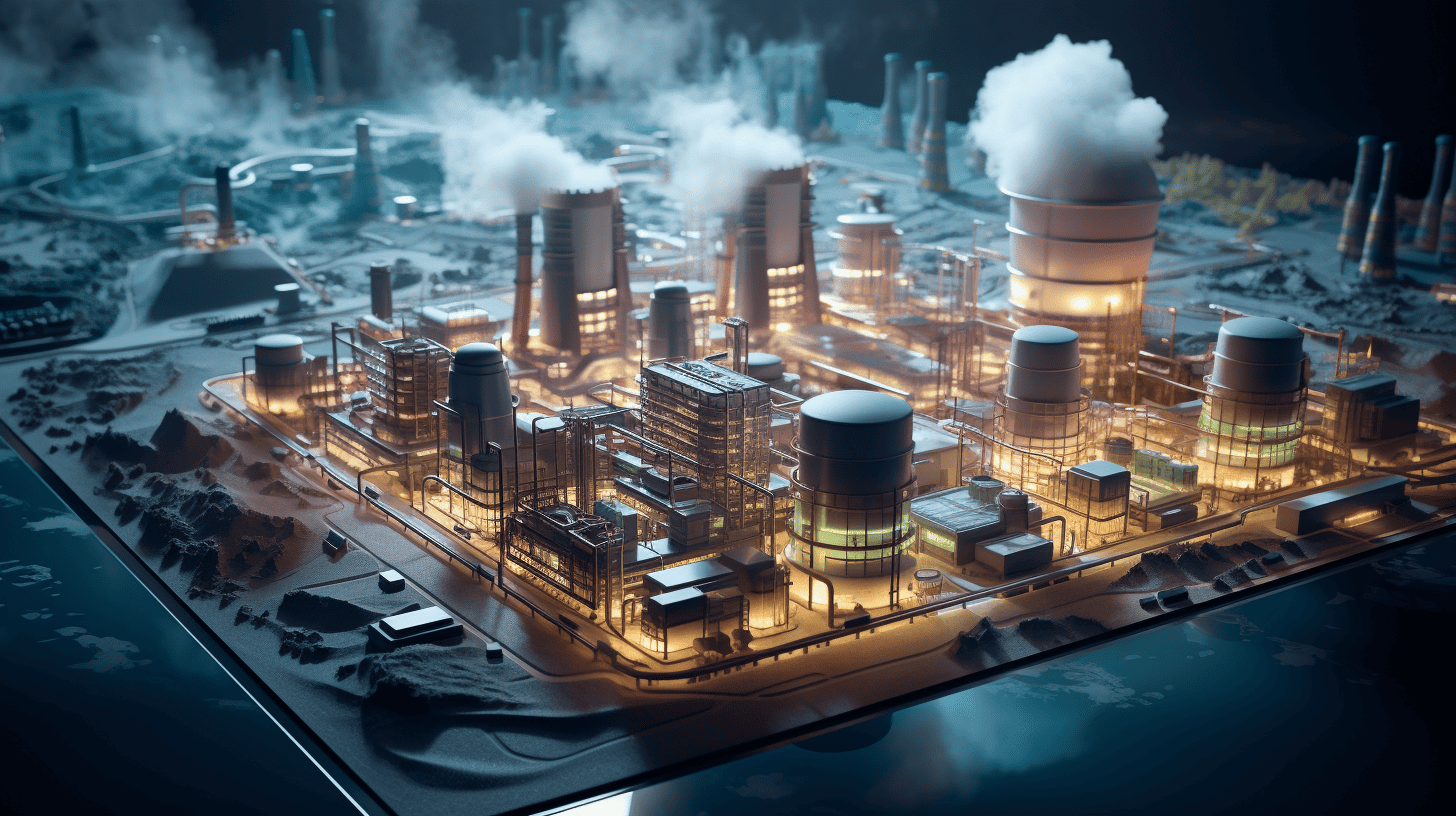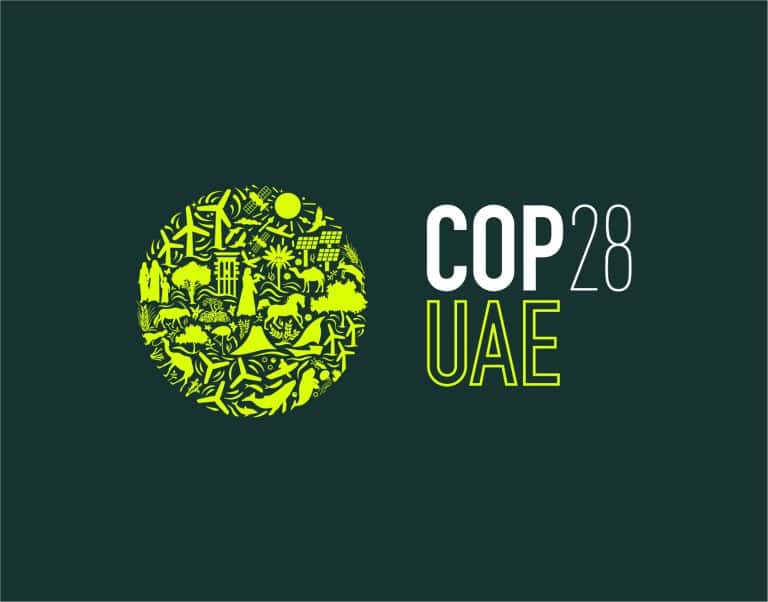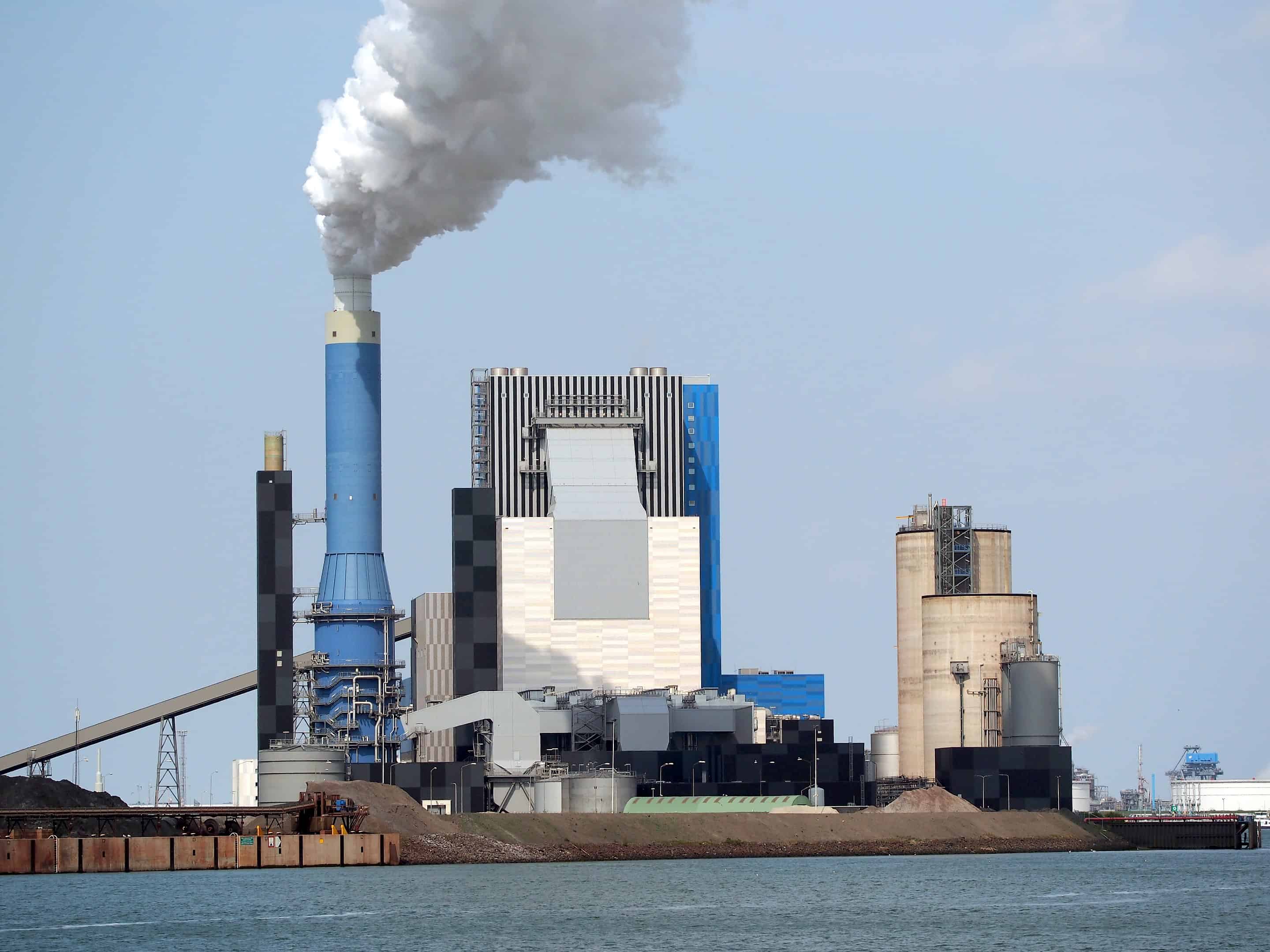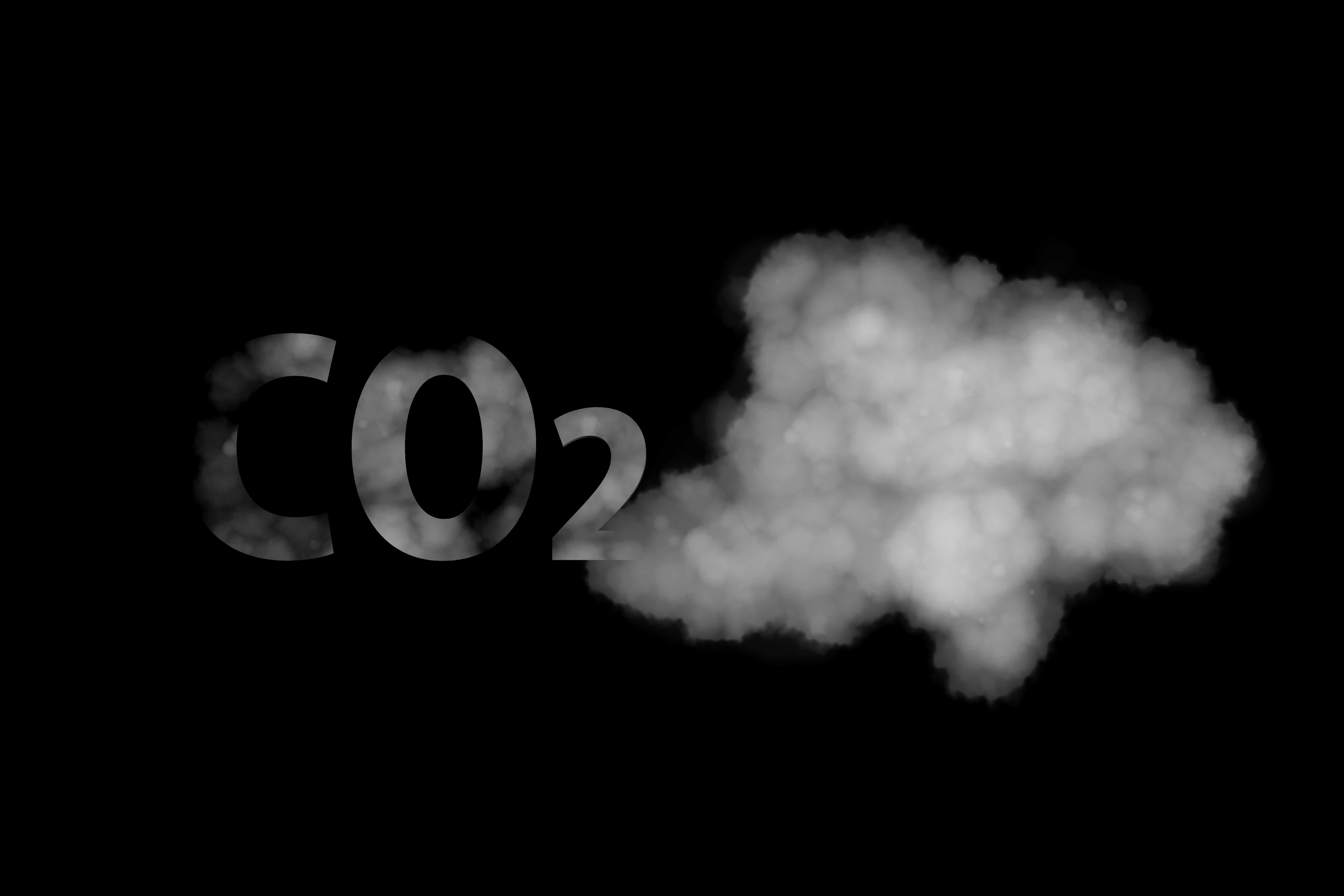
The energy transition has been accelerated by the war in Ukraine. Europe no longer wants to be dependent on Russia. But we also want cleaner energy. Wind and solar are the future to many. But that may be not enough:
“People were surprised that during the pandemic, we still broke records for the amount of CO2 released into the atmosphere, says Franklin Servan-Schreiber. “We are failing miserably.”
Servan-Schreiber is the CEO of the Swiss-based nuclear energy company, Transmutex. Their vision is for clean nuclear energy without the mess.
For years, those who touted nuclear were pushed out of the energy debate. The problems with meltdowns and nuclear waste made it difficult to get a word in. But if we can solve the waste, nuclear is one of the earth’s cleanest available energy reservoirs.
Figuring out what to do with nuclear waste is no joke. Even miniscule amounts are extremely poinsonous if ingested. The safest place to store it is usually underground where it can take hundreds of thousands of years to become stable. That’s enough time to forget where the hole is.
Transmutex’s solution is the transmuter – a nuclear system activated by a particle accelerator. With it, they want to create nuclear power using radioactive waste as a fuel source.
Yes, another name for a particle accelerator is a ‘proton beam’. No, this is not one from a sci-fi novel. But the reactor can be safely powered with nuclear waste. In doing so, it creates far fewer contaminates with a fraction of the half-life than a traditional reactor. Servan-Schreiber hopes that the transmuter can provide another energy stream to support renewables.
“In many ways, fossil fuels have defined our lives,” says Servan-Schreiber. “The end game is a new civilization.”
No more meltdowns with the Transmuter
Though the most famous nuclear disaster is Chernobyl, the largest one in recent memory was in Fukushima, Japan. In March 2011, an earthquake struck off the Japanese coast, triggering a meltdown at the Fukushima power plant. This is because Fukushima (as well as most other nuclear reactors) was a critical fission reactor. It means the fuel itself is what sustains the nuclear reaction that powers the reactor. When the earthquake hit Fukushima, the fuel became too unstable and exploded.

The transmuter is a novel way of avoiding these calamities. It is sub-critical: instead of relying on the radioactivity of nuclear fuel to power the reactor, the particle accelerator creates the reaction. Think of it like a beam of light that is shot into a cauldron full of nuclear fuel. When turned on, it triggers a controlled nuclear reaction and creates energy. When you turn it off, the reaction stops within two milliseconds.
New nuclear fuel sources: Thorium and nuclear waste
“Without the particle accelerator, there is no self-sustaining nuclear reaction,” explains Servan-Schreiber. “This means we have huge flexibility in the type of fuel we use.”
Among these is long-lived nuclear waste – which has an average lifespan of over 300,000 years. By powering the transmuter with this waste, the amount that needs to be store is reduced by a factor of one hundred. Moreover, it reduces the lifespan of the waste to around 500 years. This might still seem like a long time but consider that many buildings in Europe are far older. Barring some apocalyptic event, humanity likely will not lose track of where stored nuclear waste is before it has become harmless.
We are not against renewables – But it is clear that they are not going to be enough
Franklin Servan-Schreiber, CEO of Transmutex
The propulsion effect of the particle accelerator also makes thorium a viable fuel option. Thorium was originally researched for the Manhattan Project – but they went with uranium since it converts easier to plutonium.
“It creates the same amount of energy but needs a push to get going,” says Servan-Schreiber.
It is also five times more abundant than uranium and much easier to access. It’s even found in coal ash.
What about wind and solar?
“We are not against renewables,” says Servan-Schreiber. “But it is clear that they are not going to be enough. The German experience tells us this.”
Since 2011, two European countries have been diametrically opposed on nuclear: France and Germany. France keeps nuclear investments high while Germany phased out nuclear in lieu of renewables. The result? Over the same time period, France produced more energy and far less CO2 per kilowatt-hour. Germany’s emissions even went up in multiple years.
“As long as you are still using coal, it’s a disaster,” says Servan-Schreiber.
There is no doubt nuclear creates immense energy. It is also expensive, both in investment and maintenance. But, setting aside the waste problem, it can be advantageous to solar and wind. Solar is also very powerful but has a high carbon footprint – most panels are manufactured in China using coal.
Wind uses a lot of material and take up far more space than nuclear. It might be relatively inexpensive, but wind turbines kill birds in droves. At the same time, offshore installations create underwater noise that disrupts ocean life.
“There is no free lunch,” says Servan-Schreiber. “No truly clean energy.”
Origins of Transmutex
Servan-Schreiber is no stranger to environmental initiatives. He spent nearly four years working for Race for Water Foundation, an organization dedicated to cleaning plastic from oceans. It forced him to literally see climate-change occurring:
“You discover the more the oceans warm, the more it destroys coral reef,” says Servan-Schreiber. “By 2050, the chances of there being any coral left is very slim. You could cry, just thinking about it.”
He set off on a mission to reduce CO2 in the atmosphere. While researching this, he heard about the transmuter – an experimental idea originally developed at CERN – the European organization for nuclear research – to get rid of nuclear waste for the United States’ military.
“Luckily, people at CERN stay there a very long time,” says Servan-Schreiber. “Even over thirty years later, there were still scientists there who could tell me about the experiment first-hand.”
In the end, he co-founded the company with Frederico Carminati, one of CERN’s chief innovation officers.
The (not-so) long road to the Transmuter
Transmutex has recently finished rounds of funding and sourcing partners for collaboration on the project. The next steps will be to raise further investment and begin the design and engineering phase. In 2025, they hope to have their first, at scale, nuclear waste burning demonstration. If everything goes as planned, we should see an operational Transmutex plant by 2032.
Read here about a company trying to equip power cargo ships with their own nuclear reactor








